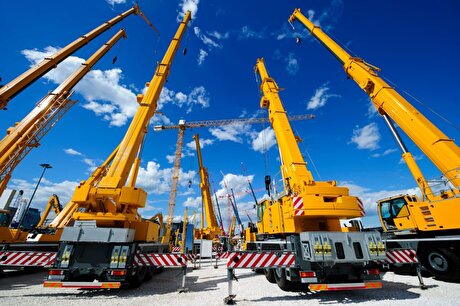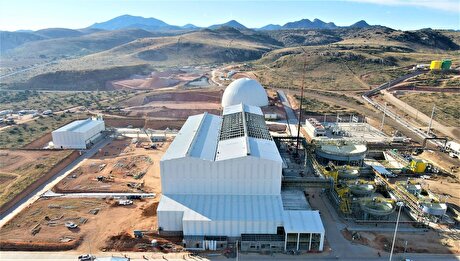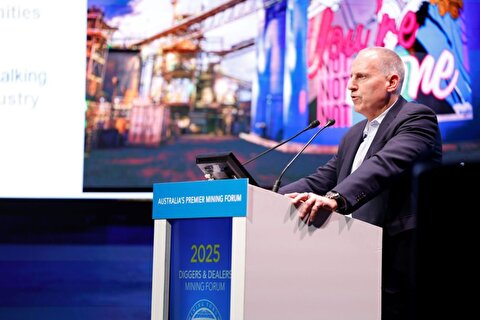
Hapag-Lloyd burned 28pc more low-sulphur fuel in 2019

Hapag-Lloyd mostly bought high-sulphur fuel oil (HSFO) last year, but the share of low-sulphur fuel consumed rose from 13pc in 2018 to 16pc last year. It consumed 3.66mn t of HSFO in 2019, along with a combined 720,000t of 0.5pc sulphur fuel oil and 0.1pc marine gasoil (MGO).
The company described the transition to comply with the International Maritime Organisation (IMO) 0.5pc sulphur cap as "smooth", but noted bunker price volatility in the months before and after the sulphur cap entered into effect on 1 January.
The firm paid an average of $416/t for its fuel last year, a drop of $5/t from 2018. It consumed a total of 4.38mn t of bunker fuel, down by 1pc from 4.40mn t in 2018.
Its fleet became 3pc more fuel efficient last year, burning 0.36t/twenty foot equivalent unit (TEU), and has become 41pc more fuel efficient since 2009.
The company took up a $100mn loan in September 2019 to finance exhaust scrubber installations on 10 of its owned and on nine of its chartered vessels. Scrubbers, which allow vessels to continue burning HSFO after 1 January 2020, typically cost between $2mn-5mn each.
The company turned a profit of €373mn last year, up from €46mn in 2018.
Hapag-Lloyd will pass on the higher costs for low-sulphur fuel this year to shippers, with bunker adjustment factors running for three-month periods from December 2019. It has hedged its remaining bunker price risk.
The company had forecast an average low-sulphur premium of $250/t and for the sulphur cap to add $1bn to its bunker bill in 2020. But premiums are now below $100/t, after a period of well over $300/t in early January, thanks to a combination of improved supply logistics for low-sulphur fuel at ports, coronavirus pandemic-related lockdowns and crude price moves arising from the breakdown of the Opec+ deal.
Hapag-Lloyd expects the pandemic to have a negative effect on its shipping volume and cash flow, particularly from May because reduced consumer demand will show up in container volumes with a lag.
The firm has not placed many orders for newbuilds, and the proportion of its fleet that is idle has increased significantly. Hapag-Lloyd added 12 vessels to its fleet in 2019 and had a total of 239 by the end of 2019.
By Erik Hoffmann


Gold price edges up as market awaits Fed minutes, Powell speech

Glencore trader who led ill-fated battery recycling push to exit

Emirates Global Aluminium unit to exit Guinea after mine seized

UBS lifts 2026 gold forecasts on US macro risks

Iron ore price dips on China blast furnace cuts, US trade restrictions

Roshel, Swebor partner to produce ballistic-grade steel in Canada

EverMetal launches US-based critical metals recycling platform

US hikes steel, aluminum tariffs on imported wind turbines, cranes, railcars

Afghanistan says China seeks its participation in Belt and Road Initiative

First Quantum drops plan to sell stakes in Zambia copper mines

Ivanhoe advances Kamoa dewatering plan, plans forecasts

Texas factory gives Chinese copper firm an edge in tariff war

Pan American locks in $2.1B takeover of MAG Silver

Iron ore prices hit one-week high after fatal incident halts Rio Tinto’s Simandou project

US adds copper, potash, silicon in critical minerals list shake-up

Barrick’s Reko Diq in line for $410M ADB backing

Gold price gains 1% as Powell gives dovish signal

Electra converts debt, launches $30M raise to jumpstart stalled cobalt refinery

Gold boom drives rising costs for Aussie producers

First Quantum drops plan to sell stakes in Zambia copper mines

Ivanhoe advances Kamoa dewatering plan, plans forecasts

Texas factory gives Chinese copper firm an edge in tariff war

Pan American locks in $2.1B takeover of MAG Silver

Iron ore prices hit one-week high after fatal incident halts Rio Tinto’s Simandou project

US adds copper, potash, silicon in critical minerals list shake-up

Barrick’s Reko Diq in line for $410M ADB backing

Gold price gains 1% as Powell gives dovish signal

Electra converts debt, launches $30M raise to jumpstart stalled cobalt refinery
















